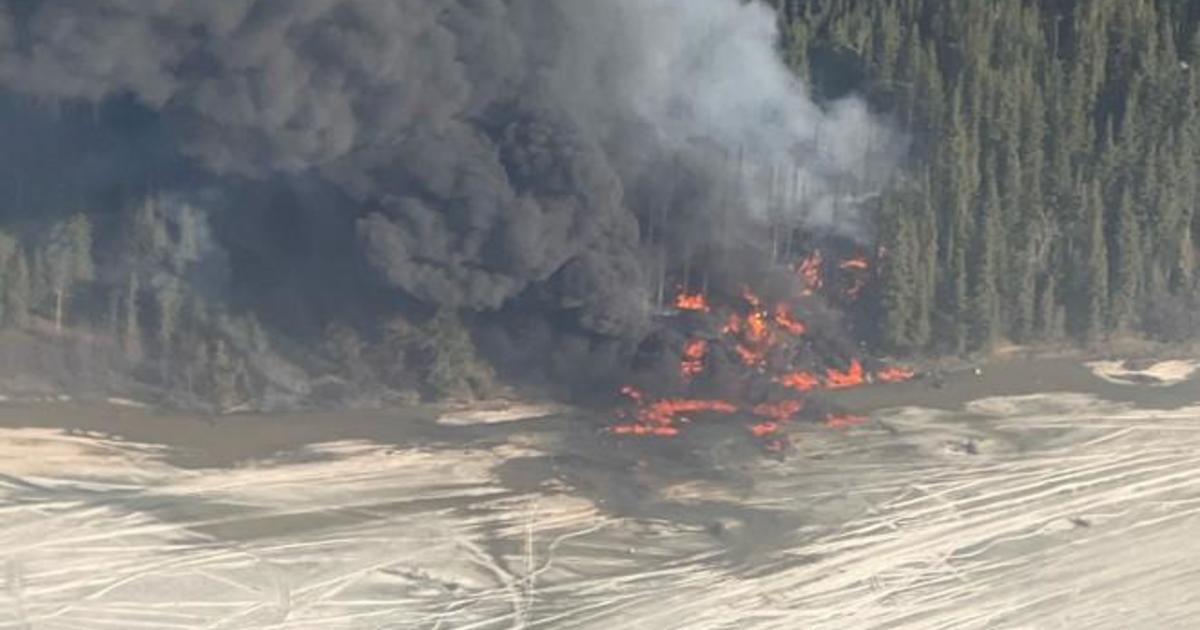Yakataga can be challenging, it's way out in the middle of nowhere, there's not a lot of reporting out there, and the weather often sucks. I almost did this exact thing in a caravan in 2014, that flight in particular (later things got weird on the way back) still remains the closest I ever came to wrecking an airplane. I went out to Yakataga, there was no runway report because nobody had been out in weeks, I touched down long to avoid the large standing water pond and I was basically waterskiing over standing water and grass immediately. The runway isn't appreciably short, but without copious reverse I probably would have done the same thing, departing would not have been possible with the water had I been heavy, but it was a drop off.
The 2020 accident was preventable but not surprising really. Given what they were doing, where they were going, to be honest, their record was prety good IMO. This sort of work is extremely challenging. There's often no instrument approaches, limited landable runway, unreliable runway reports driven by "optimistic" customers who need fuel really bad, and you're loaded to the gills with something that burns. It's a miracle you don't see more of this sort of thing.
The reason that these guys use DC4s and not more modern equipment is partially cost (in the sense that cost dictates everything in aviation) but that's not really the driving motivation for these airplanes when I was adjacent to these operations. Really it's because there is simply nothing that can do what these old airplanes can do in terms gravel operations, reliability, ruggedness, etc. There are a few companies that want to fly bulk fuel around the bush and that's not really practical in more modern equipment typically. You could buy a herc, but at the price point that smaller customers are able to pay, that's not really practical. Random mines on a shoestring and random villages don't have the cash. This is a big part of why Crowley Marine does barge deliveries etc.
Remembering back into my 20s, Alaska Air Fuel was formed as a result of some of acquaintances of mine trying to fill a need that wasn't being met after Brooks Fuel went out of business in 2011 and Everts not being able to keep up with demand. A year later in 2012 a guy running fuel named Pete Iverson crashed on the way to Nixon Fork mine (where I used to go constantly to do crew swaps and deliver freight) and the resulting fall out from that really left a hole in the market. At the time Everts was uncomfortable servicing the mine and a bunch of other things coalesced to lead to Alaska Air Fuel being established in 2013 or 2014 - I can't remember. In defense of Everts there had been multiple accidents at AK40, including a Carvair carrying fuel for Brooks Fuel in 2007 and numerous other accidents. I nearly watched a DC6 slide into the hill at the end of the runway there one winter, it remains one of the craziest things I've ever seen and the crew came within inches of totalling the airplane.
For reference here's a Carvair Landing at Nixon Fork Mine about a year before the accident in 2007 (if you're interested, start at 2:57
View: https://www.youtube.com/watch?v=X70VHgCO_FE
).
I wasn't really close with anyone over at Alaska Air Fuel as far as I know. They used to be acquaintances and customers, but yeah, I don't think I knew this crew. I don't see this as strictly a "broke dick" operating sort of thing, however. There's just a certain type of person and organization that seeks to make bulk fuel available in remote regions. Honestly, it's pretty "meaningful" work. You're effectively bringing the ability to industrialize to remote locations. Pete Iverson's crash was just being super aggresive in crappy weather inexplicably, classic human factors and CFIT by all acounts. I didn't get that vibe from the owner of Air Fuel - that guy seemed pretty cool, albeit he probably tried "harder" than I did. I kind of fell out of touch with most of the players around 2020. He'd been a Lynden guy if I remember the oral history correctly (though I may not, I might be accidentally confabulating).

 www.cbsnews.com
www.cbsnews.com
:quality(70)/cloudfront-us-east-1.images.arcpublishing.com/adn/YWY4QG6QYBBGHOQTXTI3YQ5W34.jpg)
 www.adn.com
www.adn.com

:quality(70)/cloudfront-us-east-1.images.arcpublishing.com/adn/YWY4QG6QYBBGHOQTXTI3YQ5W34.jpg)
